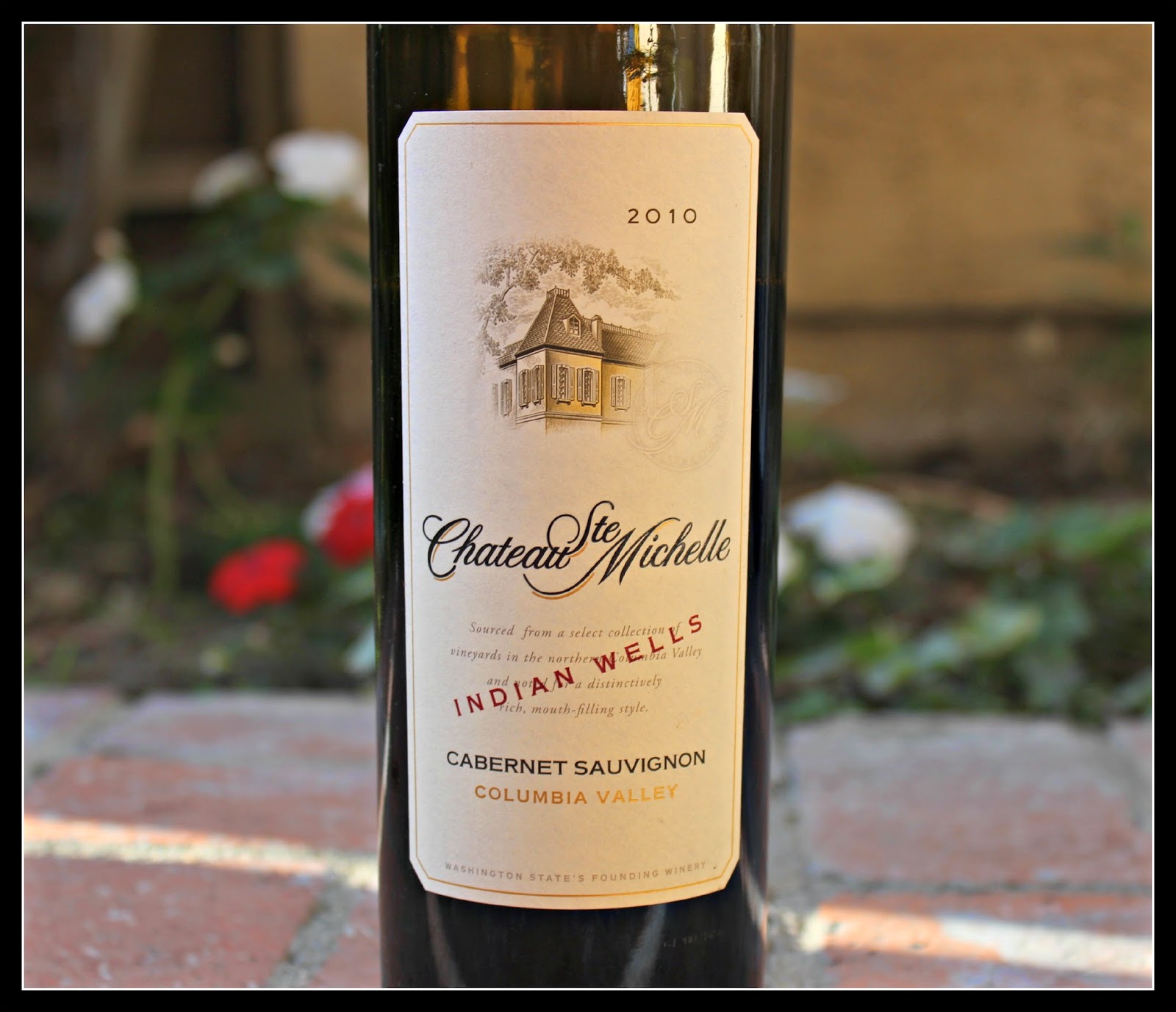Chateau Ste Michelle Cabernet Sauvignon is a smooth
and dry red wine that is robust with its blackberry and black cherry flavors. Ripe
aroma permeates the glass with quick legs that still offer a soft aftertaste.
Dark red color represents ripe fruits and growing style. It is a red wine blend
offering a unique taste of 80%
Cabernet Sauvignon, 10% Merlot, 4% Syrah, 2% Malbec,2% Petit Verdot, and 2% Mourv.
Cabernet
Savignon is a strong tasting wine that doesn’t go well with light tasting
dishes. Using heavy protein and fat dishes like steak, buffalo, pheasant, and
duck pair well (1). The
higher levels of tannin require more of a coating on the back of the tongue to
balance out the taste. It is not a wine recommended for salads or sushi.
Chateau Ste Michelle is a Washington winery starting
at the end of prohibition from the Seattle lumber baron Fredrick Stimson. They use
old world techniques blended with modern innovation to create a higher quality
product.
When it comes to red wine there is some bias as red wine
drinkers are a finicky crew. According to a study by Kyle Peterson in the
American Economist red wine drinkers rate their tasting experience les
favorably when they are told it is inexpensive while a hybrid grape variety has
no impact on their perceptions (2014). No one needs to tell your guest about
its affordable price.
Chateau Ste Michelle Cabernet Sauvignon may not be
expensive but it does have a taste that compares to higher priced varieties. Retailing
for around $14 it provides value beyond its cost (2).
A great wine for parties, events, and dinner table use. The taste was strong
and makes a repurchase more likely. This is a wine for those who want a little
class without having to break the bank. Chateau Ste. Michelle wines are offered
in major outlets and their website.
Pertson, K. (2014). The snob effect of red wine:
estimating consumer bias in experimental blind wine tastings. American Economist, 59 (1).
